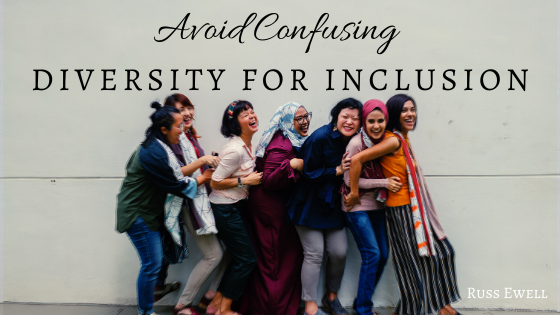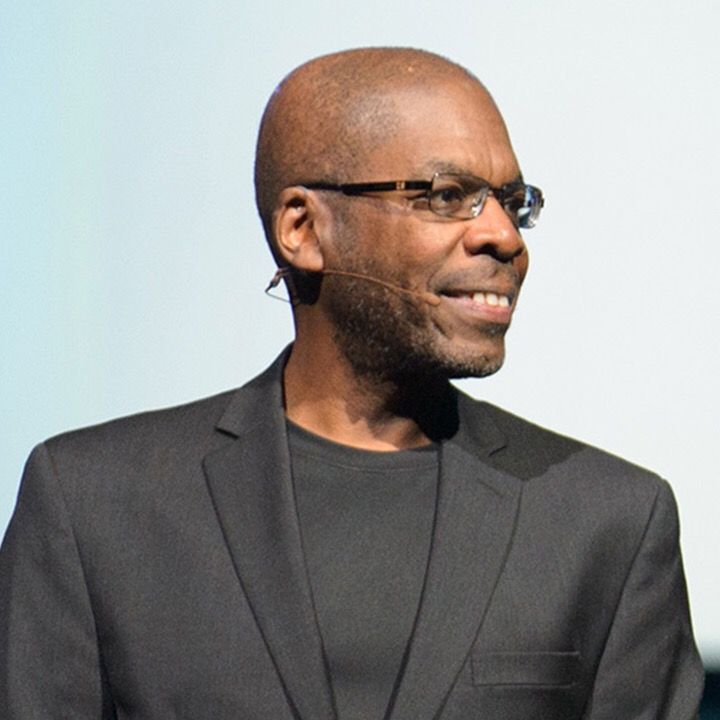The terms inclusion and diversity are interconnected, however, it is dangerous to behave as if they are the same. Just because you adhere to one does not mean you are adhering to the other.
It has been a long road for many companies to overcome their intensely homogeneous hiring practices. The goal is to employ a variety of people. Every day we see workers of different backgrounds, genders, and ethnicities. Is that enough to tick both the diversity and inclusion boxes?
The two are very closely interlinked which is why businesses frequently lump them together in their Diversity and Inclusion Initiatives. However, these businesses can be too eager to check it off as being complete. The same companies are baffled when the diverse group of employees who they’ve invested time, money, and training into, quickly leave. When they lack opportunities and have no say in decisions, the diverse group of team members is likely to leave.
Diversity is not inclusion. It can only account for half of the initiative. For D&I efforts to be successful, organizations must devote the same attention to both. There must first be a clear understanding of both ideals.
Inviting differences fosters diversity. A diverse workplace employs a team of individuals who represent various cultures, backgrounds, skills, and values. Companies broadly measure diversity by gender, race, and ethnicity, but diversity encompasses a much wider range of characteristics.
Diversity includes things such as age, education, socioeconomic backgrounds, sexual orientation, and religious or political beliefs.
Talent acquisition is considered most responsible for ensuring there is diversity in the workplace. Hiring managers and recruiters represent a large part of talent acquisition. These employees are tasked with making sure that the hiring process is fair. Any biased hiring practices should be mitigated.
Inclusion is giving everyone a fair chance. It means that despite everyone’s differences there is a comfortable environment for people to exist in. When companies fail to be inclusive employee engagement can decrease and people may look for better opportunities at companies that offer an inclusive workplace.
One small thing that businesses can do to promote inclusive work habits is to distribute meeting materials beforehand, allowing people with special needs, such as a language barrier, to have time to read things over. Something so small can make a big difference in helping people to understand and voice their questions or concerns.
To prevent low engagement levels and retention rates businesses need to adopt inclusive policies. This means providing more accessibility to employees with disabilities. All efforts for inclusion need to be openly discussed and employees should be encouraged to form employee resource groups. These groups will support employees who want and need a stronger voice in the company.

